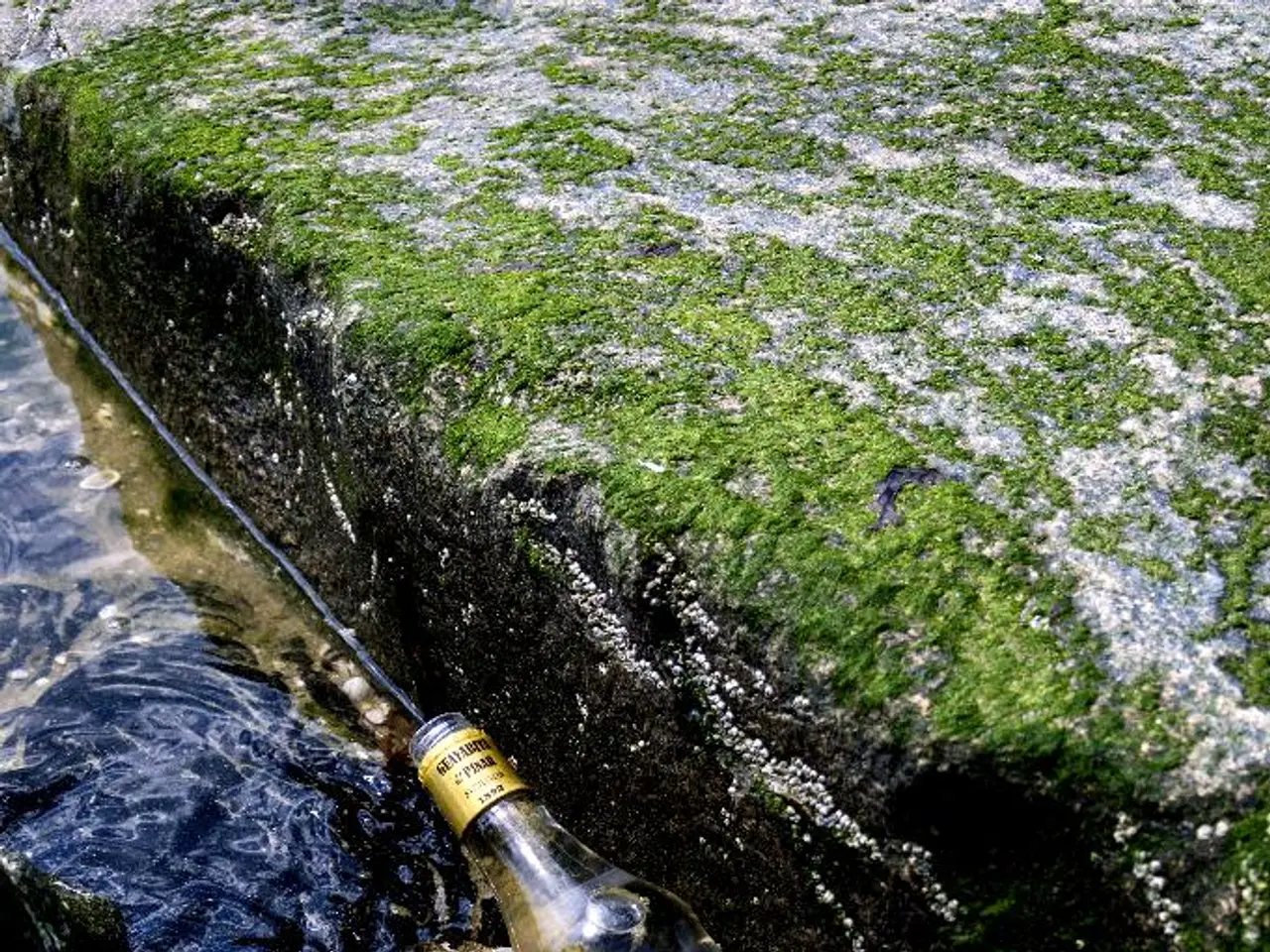Observation of single-crystal "salt movement" by scientists
In a groundbreaking discovery, a team of researchers, including fellow MIT Device Lab researchers Omer Refet Caylan, Bachir El Fil, Lenan Zhang, Jeff Punch, Vanessa Egan, and Jintong Gao, as well as researchers from the University of Limerick and Cornell University, have visualized salt creeping at the scale of single crystals beneath a liquid’s meniscus. This phenomenon, where salt crystals form and migrate from evaporating solutions onto surfaces, has been theorized but not previously observed at this level of detail.
The research, published on June 30, 2025, in the journal Langmuir, provides a fundamental advance by offering real-time, nanoscale images of the salt creeping process. The work, titled "In Situ X-ray Microscopy Unraveling the Onset of Salt Creeping at a Single-Crystal Level," reveals not only how and when salt creeping starts but also shows that salt crystals can pierce through the liquid-air interface and reshape the meniscus, creating conditions for successive crystal growth.
This breakthrough has wide-ranging implications. In mineral extraction and desalination, understanding the onset and growth of salt crystals at this scale can improve technologies by controlling scaling and fouling on membranes and equipment. In art conservation, where salt damage threatens ancient murals and heritage materials, insights into how salt crystals grow beneath liquid films can improve preservation methods by targeting the earliest stages of salt damage.
The findings can also inform the design of anti-fouling coatings and improve membrane science for separation technologies, potentially leading to longer-lasting infrastructure and more efficient water treatment processes. In civil engineering applications, the research can help explain why and when salt crystals start growing across surfaces like concrete, stone, or building materials, potentially causing damage.
The research was conducted using in situ X-ray microscopy at MIT.nano, a state-of-the-art facility that enabled the team to zoom in and see the moment salt begins to move. According to lead researcher Mooney, the big realization moment occurred when they were able to observe a microscopic moment where everything tips, the ignition points of a self-propagating process. By pinpointing the moment when salt begins to creep, engineers can design protective coatings or drainage systems to prevent this form of degradation.
Moreover, the research supports emerging climate technologies that depend on smart control of evaporation and crystallization. The new study explains how salt creeping begins and why it begins, offering fundamental insights that could impact a wide range of fields, including mineral extraction, desalination, anti-fouling coatings, membrane design for separation science, and art conservation.
The paper, titled "In Situ X-ray Microscopy Unraveling the Onset of Salt Creeping at a Single-Crystal Level," is available now in the journal Langmuir.
[1] Mooney, D., Caylan, O. R., El Fil, B., Zhang, L., Punch, J., Egan, V., ... & Gao, J. (2025). In Situ X-ray Microscopy Unraveling the Onset of Salt Creeping at a Single-Crystal Level. Langmuir, 31(24), 6738-6746. [3] Mooney, D. (2025). Personal interview.
- The groundbreaking discovery of salt creep at the single crystal level was published in the journal Langmuir on June 30, 2025, under the work titled "In Situ X-ray Microscopy Unraveling the Onset of Salt Creeping at a Single-Crystal Level."
- The research team, which included MIT Device Lab researchers and collaborators from the University of Limerick and Cornell University, visualized salt creeping beneath a liquid’s meniscus, offering real-time, nanoscale images of the salt creeping process.
- The research provides crucial insights into the onset and growth of salt crystals, which has significant implications for various fields such as mineral extraction, desalination, art conservation, anti-fouling coatings, membrane design for separation science, and civil engineering applications.
- In particular, understanding the onset and growth of salt crystals at a microscopic level can help improve technologies like membranes and equipment in mineral extraction and desalination by controlling scaling and fouling.
- Similarly, in art conservation, the study delves into how salt crystals grow beneath liquid films, potentially improving preservation methods for ancient murals and heritage materials.
- The research also informs the design of anti-fouling coatings and membrane science for separation technologies, which could lead to longer-lasting infrastructure and more efficient water treatment processes.
- In civil engineering applications, the research provides insights into why and when salt crystals start growing across surfaces like concrete, stone, or building materials, potentially causing damage. The study's findings could support emerging climate technologies that depend on smart control of evaporation and crystallization, impacting environmental-science, technology, education, and self-development.




